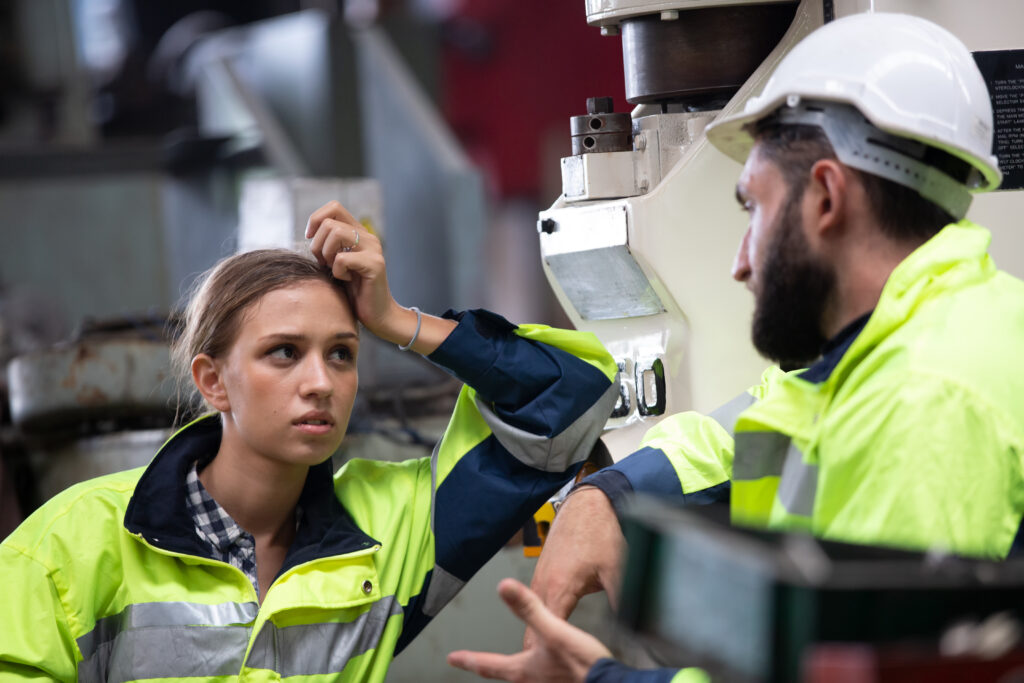Addiction Treatment 30 Years Ago
The state of Addiction Treatment in the past was very limited, mainly because there were not as many drugs available on the street. Here is a snapshot of what addiction treatment was like 30 years ago:
- Very few treatment programs
- No competition between programs
- No 12-step based programs
- No adolescent treatment care
- Locked down for mental health issues
- Very, very few interventionists
Adolescent Addiction Today
Social media has exposed the whole society in a way that nobody can keep a secret now. Some adolescents are literally dying on social media lately. The culture of friendships and groups of friends has changed significantly because of the internet and social media. They might be playing video games with each other, but don’t really know each other personally. Dating trends have also changed significantly. There are also many more adolescents who are struggling with mental health issues today.
Parental Role in Adolescent Addiction
One of the reasons parents are unable to help their children is fear: fear of looking bad. Parents’ modeled behavior can help or hurt their children. Sometimes parents are in denial of their children’s addiction and behavioral patterns, perhaps to avoid their own pain. Because there are shut out of their children’s rooms when they become adolescents, it is even more difficult for parents to notice unusual behaviors such as self-harm, self-mutilation and suicide ideation which are rampant at this time.
Unfortunately, many treatment centers refuse to take in patients who are self-harming.
Why Adolescents Self-Harm
There may be various reasons and factors that go into why a person would resort to self-harming. Here are some scenarios:
- As an escape from emotional pain
- They may feel physical pain is in their control
- Pain can be an endorphin high for some
- Self-harm can sometimes be harder to quit than drugs
- To feel some connection to self which may have been disconnected
- Why Parents are Unable to Connect
Trying to get their children to go shopping or for lunch is really not a way to connect on their level. There is no interconnection or any spiritual work with respect to shopping and eating out. However, most parents today are in much more stressful environments, and therefore too tired and exhausted to play with their children and to connect at the level that they need. So the TV becomes their nanny.
Many parents today don’t take their children to church regularly, another place where a spiritual connection could be established.
The Covid pandemic has created even more isolation, and exacerbated issues related to substance abuse, especially opiates.
Misdiagnosis and Medications
Rather than learning to connect with their children, parents are resorting to medicating them. Most high schoolers now are being given Adderall at some point in their lives. Even 5 and 6 year olds are being diagnosed with mental illnesses, so that they can put a label on them and be prescribed medications.
Addiction is a Family Disease
Although a child or an adolescent has been diagnosed with addiction or SUD, it is important to understand how they got to that point. Where did they learn that behavior? In some cases, parents are even smoking pot with their children in a misguided notion that they are connecting with their child, however, what the parents may not understand is that an adolescent’s brain reacts very differently to drugs, and may impact them for the rest of their lives.
What is a Good Treatment Center?
Candy Finnigan, from A&E’s Intervention show uses any means necessary to help families by providing intervention services and bringing them into treatment, enticing them with something they would be interested in, even using white lies, if necessary. Candy’s main intention is to find a treatment program that will be a good fit for them.
Here are some factors Candy considers in a good treatment center:
- A program with a really good medical detox
- Medical detox provided in the facility
- Gender-specific treatment since women have different issues than men
- Expert doctors and clinicians who understand the drugs used in detoxes
- A good treatment plan including 90 days of treatment, and repetition if necessary.
In addition, Candy believes being a part of a 12-step or non-step program that has a spiritual component to it is really important. It can also help by holding accountability to their personal growth. Finding a sponsor who is in alignment and joining an Anonymous support group can be very beneficial for having a supporting community.
Let’s Fight the Fight
Addiction treatment has come a long way since 30 years ago where it was cash pay only. Although insurance companies provide some amount of coverage for behavioral health now, they are increasingly pushing Medically Assisted Treatments in favor of longer term recovery programs. There are a huge number of physicians approved to prescribe medications for behavioral health patients, who do not seem to be aware of how to have a cohesive relationship with treatment centers, so that they can work together, rather than simply prescribe drugs. Without proper assessments, mental health disorders are being diagnosed within 20 minutes, sometimes on the phone, and opioids being prescribed.
Interventionists, clinicians and staff who really believe that fighting addiction is their life’s work can really help many of our loved ones off of drugs, and help them not just get to treatment, but to help them become healthy, wholesome people, leading fulfilling lives.






